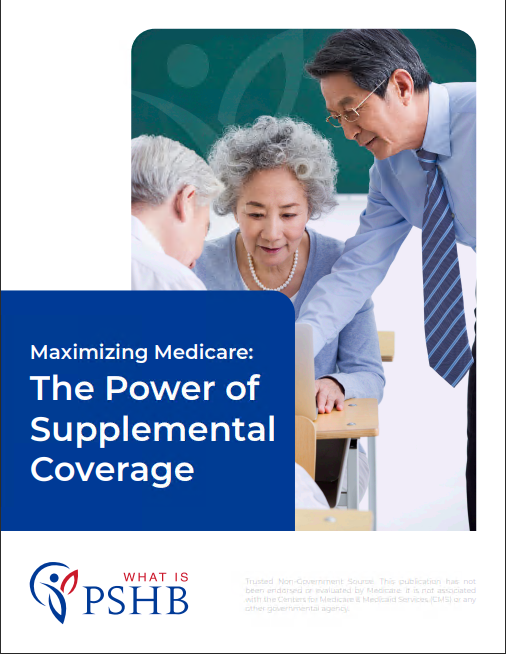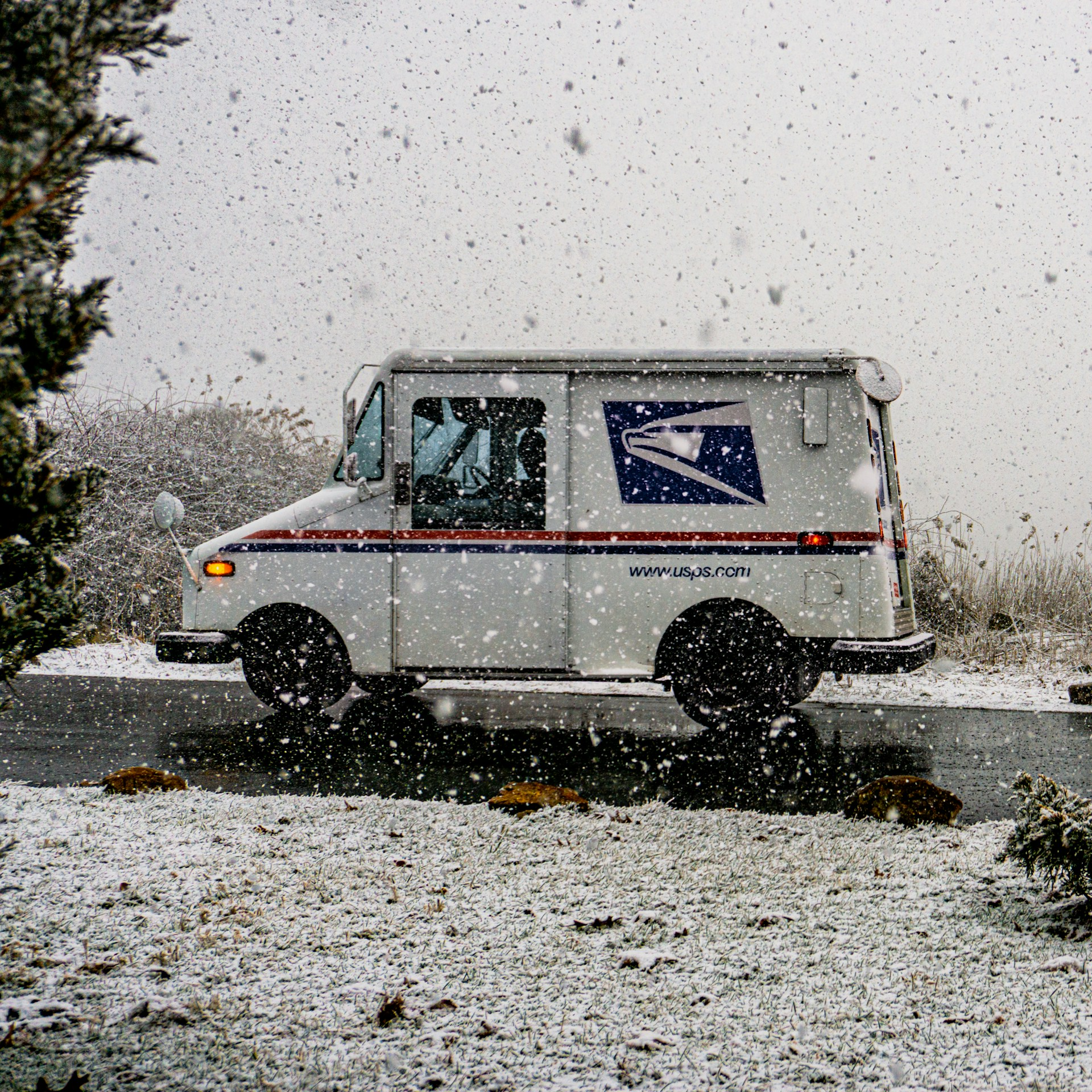Key Takeaways
-
Your monthly PSHB premium doesn’t just buy coverage—it supports a coordinated network of benefits, Medicare integration, and long-term federal contributions that balance cost and value.
-
Understanding how your premium is split among services, administration, and future obligations helps you make more informed choices during Open Season.
What Your Monthly PSHB Contribution Represents
When you pay your Postal Service Health Benefits (PSHB) premium each month, it’s easy to think of it as a flat fee for insurance. But in reality, it funds a range of critical health benefits, cost-sharing arrangements, administrative operations, and Medicare integration features that all work together to support your coverage.
Your portion of the premium is only one part of a larger funding structure. In 2025, the federal government continues to cover approximately 72% of the total premium cost. The remaining 28% comes from you as the annuitant or employee. So when you contribute each month, you’re not just buying coverage—you’re partnering in a long-term funding model designed to provide affordable healthcare.
How Your Premium Is Distributed
Your monthly PSHB contribution is divided into multiple cost categories. These allocations support the plan’s stability, affordability, and coverage reliability over time. Here’s a breakdown of where your money typically goes:
1. Medical and Hospital Coverage
The bulk of your monthly payment goes toward direct medical costs:
-
Primary and specialty care
-
Hospital services
-
Outpatient procedures
-
Emergency care
This portion also covers preventive care like screenings, vaccinations, and annual wellness visits. When Medicare Part B is involved, the coordination reduces the PSHB plan’s payout, which indirectly helps lower your premium.
2. Prescription Drug Coverage
Another substantial portion supports your access to prescription medications:
-
Retail and mail-order pharmacy benefits
-
Specialty drugs
-
Formulary management
If you are Medicare-eligible, this portion overlaps with your integrated Medicare Part D Employer Group Waiver Plan (EGWP), which includes cost-saving measures like the $2,000 annual out-of-pocket cap and the $35 insulin price limit introduced in 2025.
3. Administrative Costs
Administrative overhead, while smaller in comparison, is essential to keeping the PSHB system functional. This includes:
-
Claims processing
-
Customer service and appeals
-
Network contracting and maintenance
-
Technology infrastructure and fraud prevention
Although it typically accounts for less than 10% of your premium, this portion ensures the smooth operation of everything else.
4. Medicare Coordination and Integration
If you’re Medicare-eligible, a portion of your premium supports coordination between PSHB and Medicare. This is where integrated benefits kick in:
-
Waived or reduced deductibles
-
Lower coinsurance and copayments
-
Automatic Part D drug coverage
-
Premium incentives for Medicare Part B enrollment
In 2025, plans often enhance benefits when you enroll in Medicare Part B, which helps reduce your cost-sharing burden.
5. Risk Pooling and Reserves
Every PSHB plan maintains financial reserves to stabilize premiums and prepare for high-cost claims. This risk-pooling mechanism spreads costs across all enrollees. Your contributions help fund:
-
Future claims liabilities
-
Unexpected medical events
-
Pandemic or emergency response reserves
This is a vital part of keeping the program sustainable in the long run.
How Costs Are Managed Over Time
PSHB premiums aren’t static. They’re reviewed annually based on expected costs, previous usage, and government contribution formulas. Here are some key elements influencing the 2025 premium structure:
-
Healthcare inflation: Medical services continue to rise in cost.
-
Plan utilization: How much enrollees use their coverage affects next year’s rates.
-
Government contributions: Capped at 72% of the weighted average, which determines how much of the remaining cost you must pay.
Open Season is your opportunity to assess whether your current plan aligns with your expected needs for the coming year. Even small changes in coinsurance or prescription tiers can impact your out-of-pocket expenses significantly.
Medicare’s Role in Your Premium Value
For Medicare-eligible annuitants, enrolling in Medicare Part B becomes more than a compliance step—it improves the value you get from your PSHB premiums. In 2025, integration with Medicare offers the following cost efficiencies:
-
Reduced PSHB deductibles and coinsurance
-
Lower prescription drug costs due to Medicare Part D EGWP integration
-
Automatic enrollment in an enhanced drug plan without extra premium
That means even if you’re paying both Medicare Part B premiums and PSHB premiums, your total healthcare spending could be lower due to fewer out-of-pocket surprises.
Why You Might Not See the Value Right Away
While your monthly PSHB premium is automatically deducted, its value is often overlooked unless you encounter a major health event. Here’s why:
-
Preventive care is fully covered so it may seem “free,” but it’s funded by your premium.
-
Cost-sharing is deferred until care is needed, so healthy years may make coverage seem underused.
-
Integrated Medicare benefits may silently reduce your bills, but it’s easy to forget how that support was built into the plan.
The real value shows up when you face hospitalization, chronic illness, or expensive prescriptions. The cost protection in those moments is directly tied to the premiums you’ve paid over time.
What Happens If You Opt Out or Miss Enrollment
If you’re Medicare-eligible and choose not to enroll in Part B, or if you opt out of PSHB altogether, you could face:
-
Higher out-of-pocket expenses due to loss of coordination benefits
-
Limited re-enrollment opportunities outside of Open Season or Qualifying Life Events
-
Reduced access to prescription drug coverage, especially if you decline the integrated Part D EGWP
In 2025, the rules are stricter for Medicare-eligible Postal Service annuitants and their family members. Unless you meet an exemption, failing to enroll in Medicare Part B could lead to a disruption in your PSHB coverage.
How the Government Shares the Cost With You
The federal government pays a significant portion of your PSHB premium. In 2025:
-
Approximately 72% of the total premium is paid by the government
-
Your share covers the rest, based on your selected plan and coverage level
This cost-sharing model ensures that even as healthcare costs rise, your premium remains relatively affordable compared to private-market equivalents. However, premiums still vary depending on which plan tier you choose:
-
Self Only
-
Self Plus One
-
Self and Family
If you’re a retiree, the government contribution remains consistent, but your cost burden may grow if you choose a higher-tier plan.
How PSHB Premiums Compare to Pre-2025 FEHB Premiums
Prior to 2025, Postal Service employees and annuitants were part of the Federal Employees Health Benefits (FEHB) Program. Under PSHB:
-
Premium structures are largely similar, but now plans are exclusively designed for USPS participants
-
Medicare Part B enrollment requirements are stricter
-
Prescription drug benefits are standardized under Medicare Part D EGWP for eligible enrollees
If you retired before January 1, 2025, or meet a specific exemption, you may not be required to enroll in Part B. But even then, understanding how your premium is structured can help you decide whether voluntary enrollment could improve your benefit value.
Reviewing Your Premium Details During Open Season
Each fall, Open Season gives you the chance to review your PSHB plan, its coverage terms, and your share of the premium. Make sure to:
-
Check your premium amount for the upcoming year
-
Compare plans based on coverage, cost-sharing, and prescription drug benefits
-
Review whether you or your family members need Medicare enrollment to retain full coverage
Changes made during Open Season become effective January 1 of the following year. Skipping the review could lock you into a plan that no longer meets your health or financial needs.
Your Monthly Payment Is a Strategic Investment
Ultimately, your monthly PSHB premium is not just a cost—it’s a layered investment in preventive care, long-term risk protection, and integrated coordination with Medicare. While you may not always feel the full weight of that value each month, the financial protection it offers is real and measurable when care is needed.
Know What You’re Paying For Before You Pay More
The more you understand your monthly PSHB premium, the more control you have over your healthcare experience. Every dollar you contribute plays a role in securing a range of benefits, many of which are designed to lower your costs and expand your options.
If you want help evaluating your current plan or exploring better fits during Open Season, get in touch with a licensed agent listed on this website. A quick review today could help you avoid costly surprises down the road.












